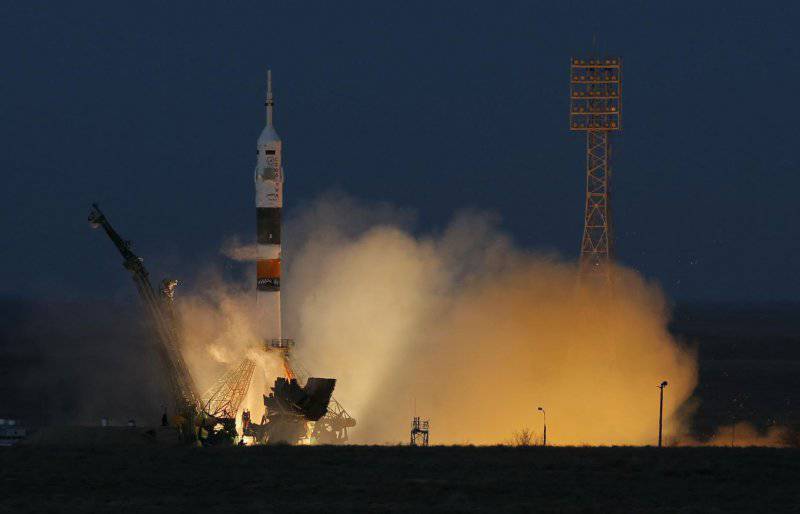Angara: Triumph or Oblivion. 3 part
Now it becomes clear why for many years an absolute monopoly on the delivery of astronauts to the ISS was given to the Soyuz spacecraft - the legendary royal seven. It is difficult to find epithets for this ship. “Soyuz” is “space Kalashnikov”, “orbital T-34”.
The combination of such qualities as phenomenal simplicity (production, maintenance, operation), an enormous range of functionality, reliability, safety, created from the “Seven” the spacecraft №1 for the whole history world cosmonautics. On the example of the P-7, American counterparts would do well to learn how the inherent correct principles for the design of this rocket could provide it with fantastic (not even by cosmic standards) longevity. P-7 Soyuz has been making 57 happy for us with its flights for years! And I don’t see a limit to this “Aridian Age”.
In subsequent chapters, we will understand how the Angara rocket, as if its namesake-river with its turbulent waters, will absorb most of the launch vehicle families, both in the world and in Russia. This is especially true of those missiles that will try to "float in the turbulent waters of a market economy." Moreover, “into the flooded area” are carriers of the ultralight, light, medium and heavy class.
However, the "Angara" and the close will not come to the "Union". The G7 has occupied such a niche that only a ship that has gone from the pages of science fiction will be able to uproot it from there (in the distant future). What is the phenomenon of the creation of Sergei Pavlovich? Korolev, as the successor of the great Russian design school, consistently respected the basic postulate of the creator-designer, from which all subsequent principles of design flowed. This postulate is attributed to the father of the legendary T-34 Mikhail Ilyich Koshkin. It sounds like this: even a fool can create a complex structure, an ingenious scientist is obliged to create the most SIMPLE design, which ultimately becomes the most EFFECTIVE.
Everything is elementary. The simple design makes it possible to simplify its production, that is, to introduce inexpensive, low-energy-intensive methods for the production of its component parts. Add to this the possibility of one-time attraction of a large number of low-skilled labor, which does not need exorbitant salaries and the need to create educational institutions. This, in turn, leads to a sharp increase in units of products and vice versa, reducing the time spent on its creation. And time, as you know, is money.
Thus, the manufactured unit of technology is obtained with a large structural and technological reserve. This reserve can be used in different ways, for example, to make a functional modification. For example, the Yak-9 fighter is clearly visible. This fighter has undergone 15 modifications (and they were mass-produced).
Indeed, why do we need to create a close bomber, high-altitude interceptor, fighter tanks (with a 45-mm gun), when it is possible to functionally modify an existing fighter with an existing structural reserve? As a result of this, the aircraft and its components are produced in an even larger series and, naturally, for an even lower price.
Theoretically, this process is endless, but in practice it looked like this: a well-to-do kolkhoznik-beekeeper sells 70 kg of honey and runs to the plant to buy his son-pilot Yak-9, because he thinks that he is “worn out”.

Information